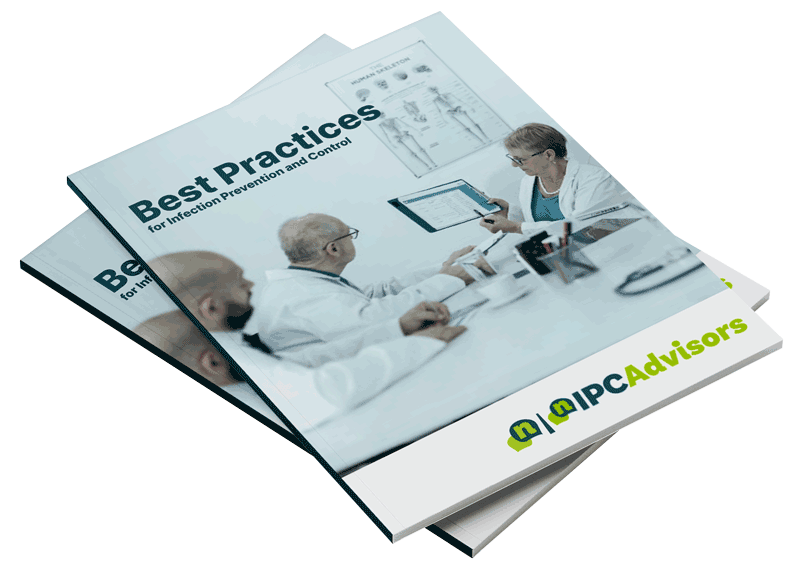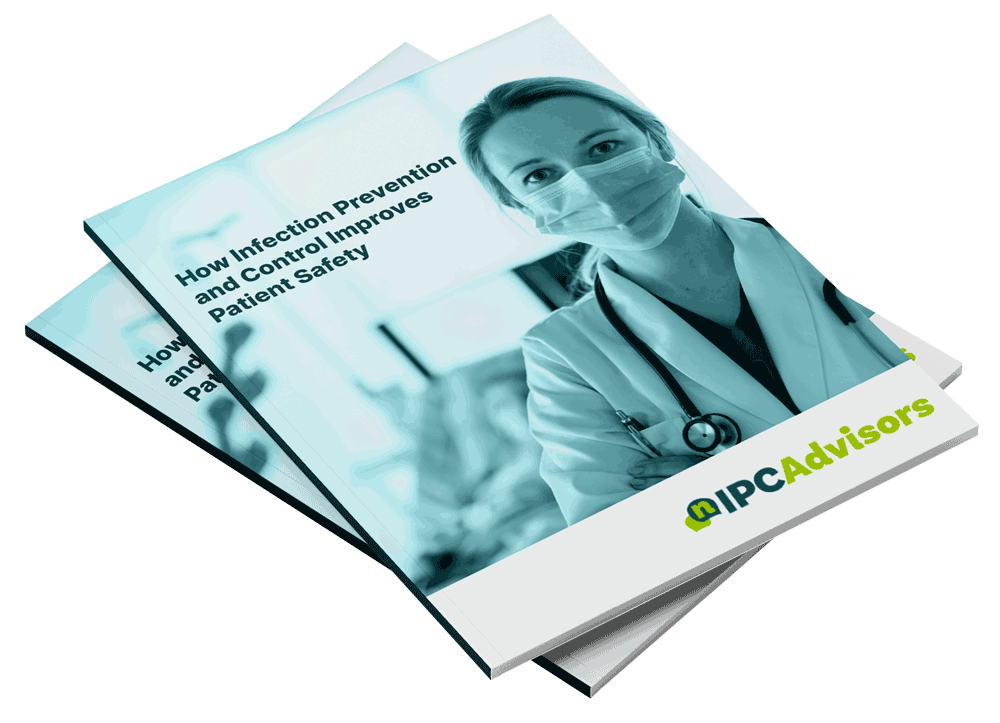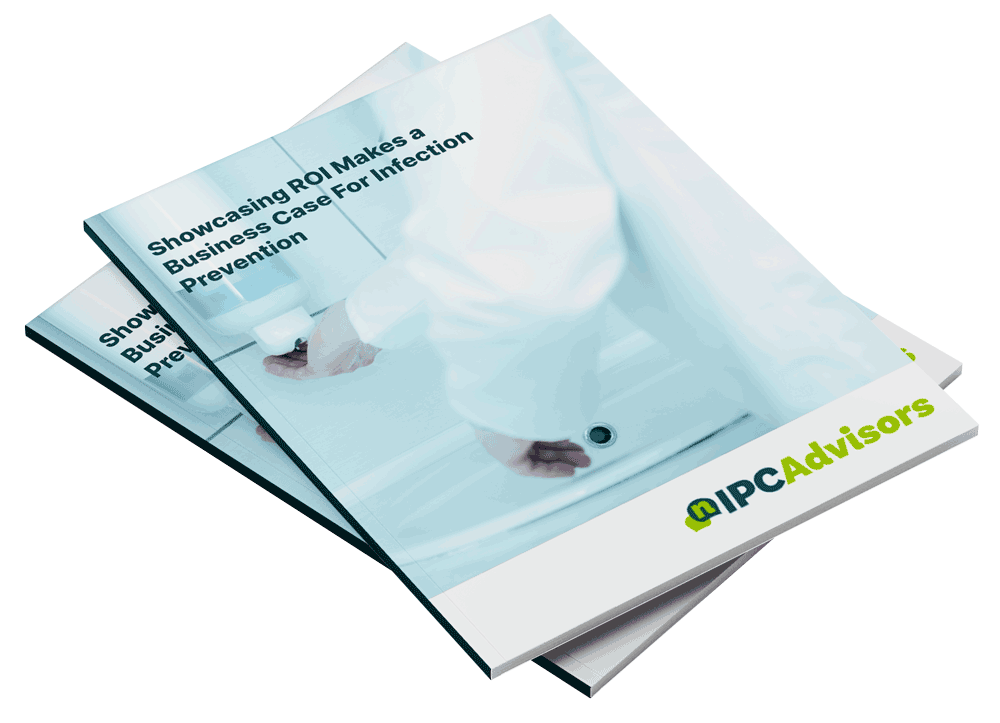Best Practices for Infection Prevention and Control
Best practices are simply the best way to do things which have been worked out through trial and error, and are found to be the most sensible way to proceed.
Successful companies evolve from “ok” to “exceptional” by creating a positive culture which encourages establishing benchmarks, measuring results and making needed adjustments to continue to improve.

How Infection Prevention and Control Improves Patient Safety
Infection prevention and control is crucial to every healthcare organization to lower risks of Healthcare Associated Infections (HAI) for patients. In June 2020, the Centers for Medicare & Medicaid Services (CMS) and Centers for Disease Control & Prevention (CDC) announced that in the wake of the COVID-19 pandemic, providers struggling to comply with infection control requirements could face up to $20,000 in penalties under increased enforcement efforts.

Showcasing ROI Makes a Business Case For Infection Prevention
Although infection prevention and control (IPC) is essential to a facility’s success, these programs have traditionally been targets of facility budget cuts due to financial constraints. While the pandemic heightened a focus on the importance of IPC, infection preventionists must continue to demonstrate to C-suite executives that IPC improves patient/staff safety and generates a positive return on investment (ROI).

